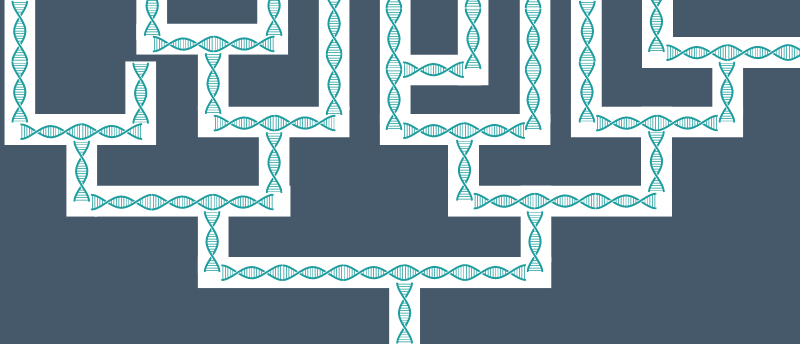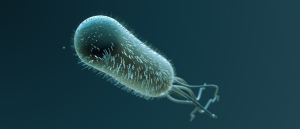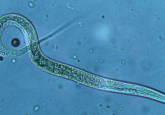How does horizontal gene transfer occur?

A new study has shown that virus-like transposons, called Mavericks, are responsible for horizontal gene transfer (HGT) in nematodes.
Researchers led by Alejandro Burga at the Austrian Academy of Sciences (Vienna, Austria) have identified the vector behind HGT in nematodes. HGT is the rare phenomenon whereby genes in one species are also present in another species, indicating that some phylogenetic leap has been made. For years, evolutionary biologists have been trying to figure out how this happens, and now, via genetic analyses, this team of researchers has identified an HGT event and the causative agent: Mavericks.
Thanks to previous research, HGT is a well-established phenomenon in evolutionary biology. “We knew that HGT did take place between animal species, but we had no idea how. This is the first time that we could definitively nail down a culprit,” commented co-first author Sonya Widen. Additionally, Mavericks – virus-like transposons reported in most eukaryotic branches – were discovered back in the mid-2000s; however, they weren’t linked to HGT until now.
Although we know that Mavericks encode viral elements such as a capsid and DNA polymerase, this wasn’t enough machinery to allow genes to jump between species. The current study found that Mavericks in nematodes have acquired a fusogen protein, which facilitates membrane fusion events. The addition of the fusogen protein may allow worm Mavericks to form virus-like particles that can easily infect other organisms’ cells.
 Evolutionary mapping of E. coli offers novel drug target
Evolutionary mapping of E. coli offers novel drug target
By looking at the evolutionary history of one of Escherichia coli’s main virulence factors, researchers have identified a promising therapeutic target.
The team happened upon the discovery when investigating a gene in the worm species Caenorhabditis briggsae. They traced this gene back to another worm species, Caenorhabditis plicata, which was interesting to the team because these species are reproductively isolated from one another. “Their genomes are as divergent as those of humans and fish, and yet they both have an almost identical gene that clearly shows features of an evolutionarily recent HGT event,” reported co-first author Campo Bes.
This discovery encouraged the team to investigate the history of this shared gene, uncovering that the gene was embedded in a Maverick. Further investigation showed that Mavericks are the vector for numerous HGT events between different worm species.
The team is sure that the integration of viral elements and transposons is key to the success of HGT, and other, similar virus-like transposons may be responsible for HGT in vertebrates. Although offering potential insight into other eukaryotic species’ HGT mechanisms, the current study could also have applications in medicine or agriculture.
“If Maverick-mediated HGT is shown to be broadly applicable to any nematode species, it has the potential to become an invaluable resource. Beyond strict lab and research applications such as the genetic manipulation of non-model nematodes, such a resource could allow us, in the future, to genetically modify parasitic nematode species that might be of agricultural or medical relevance,” remarked Alejandro Burga, corresponding author.




